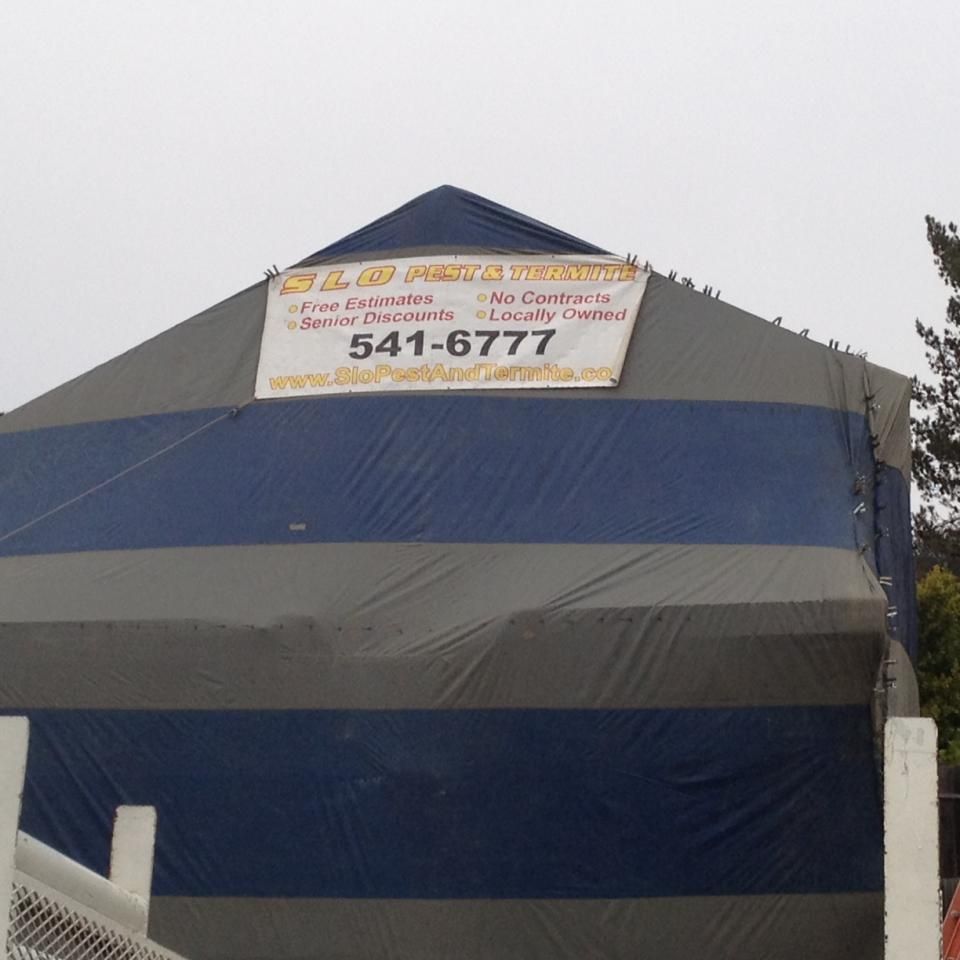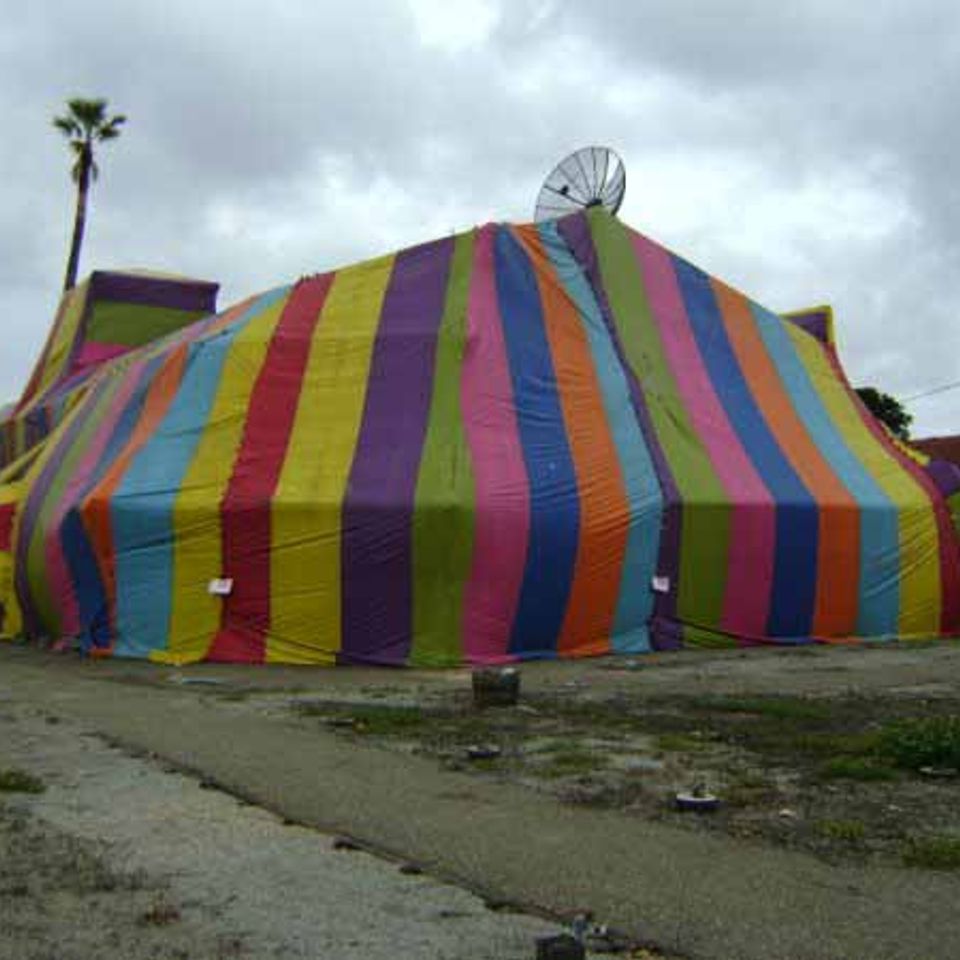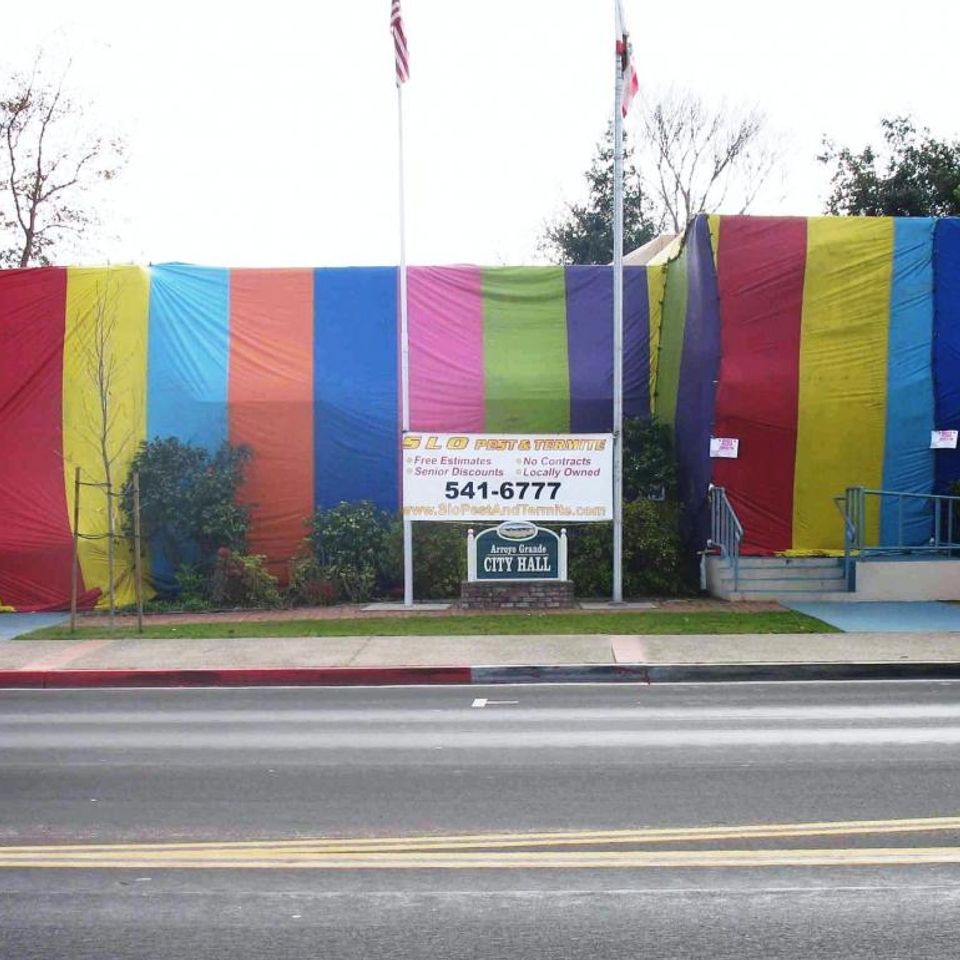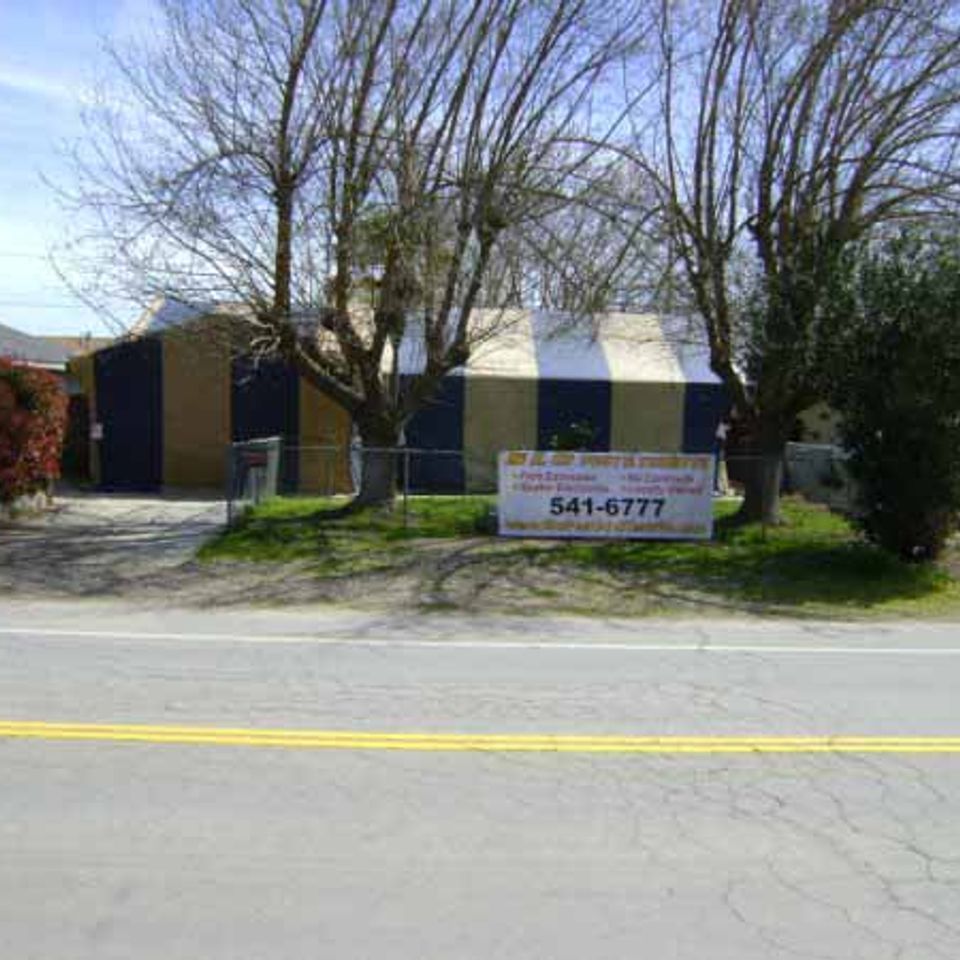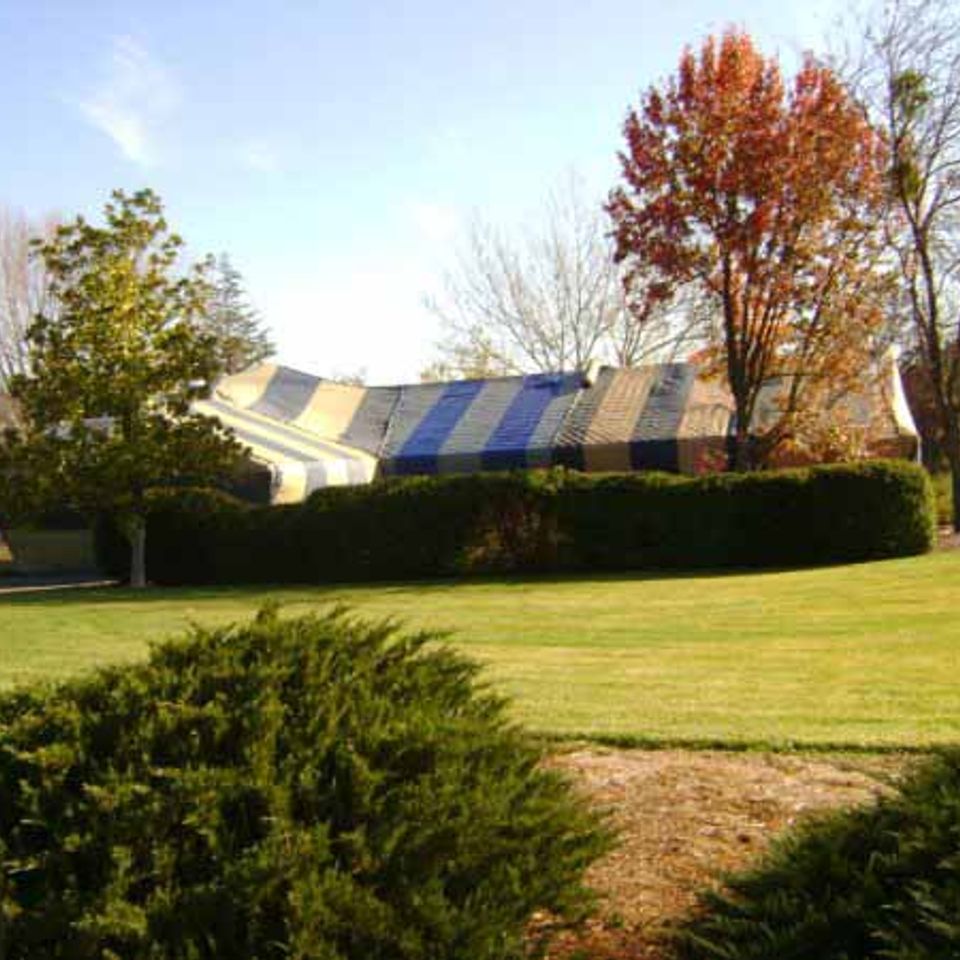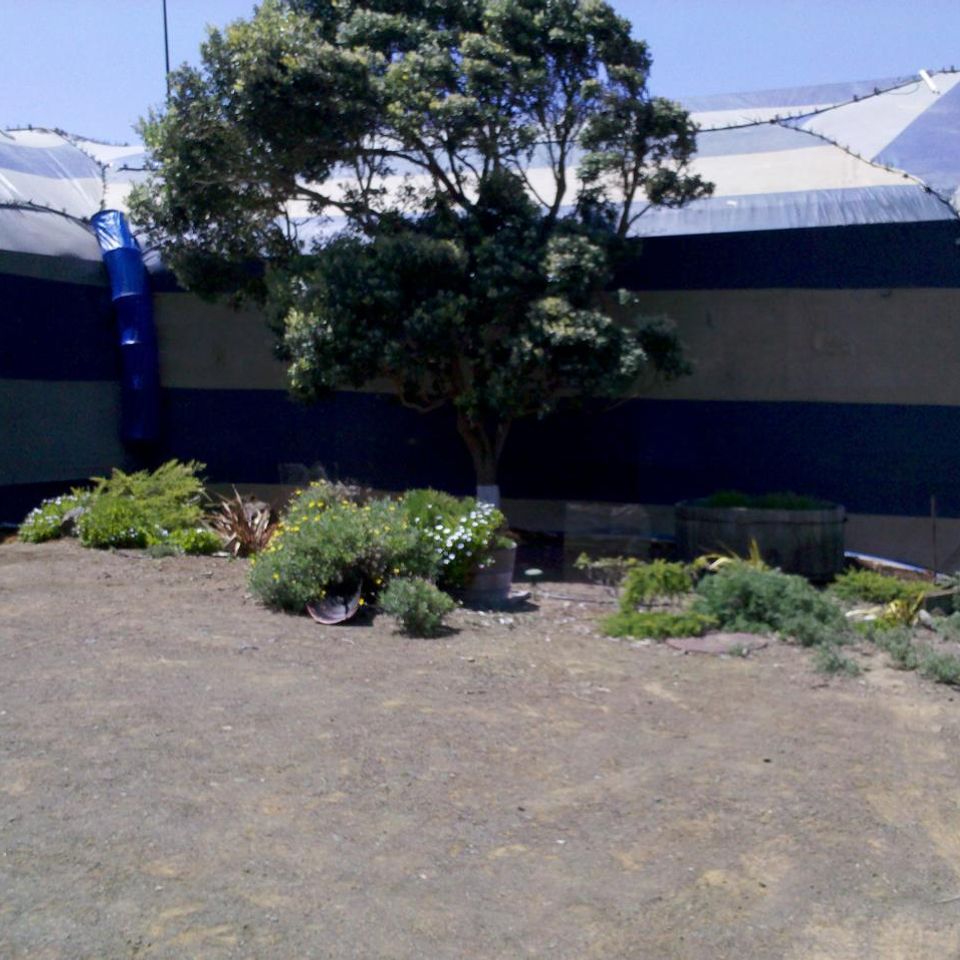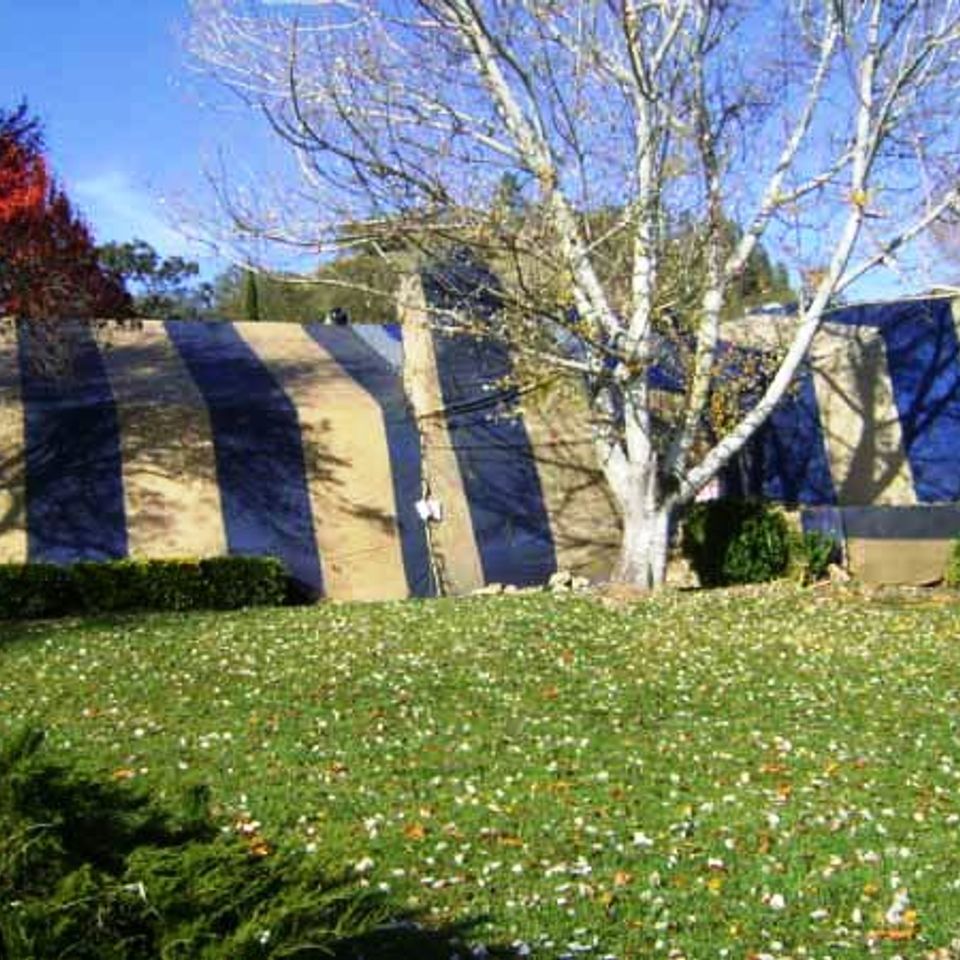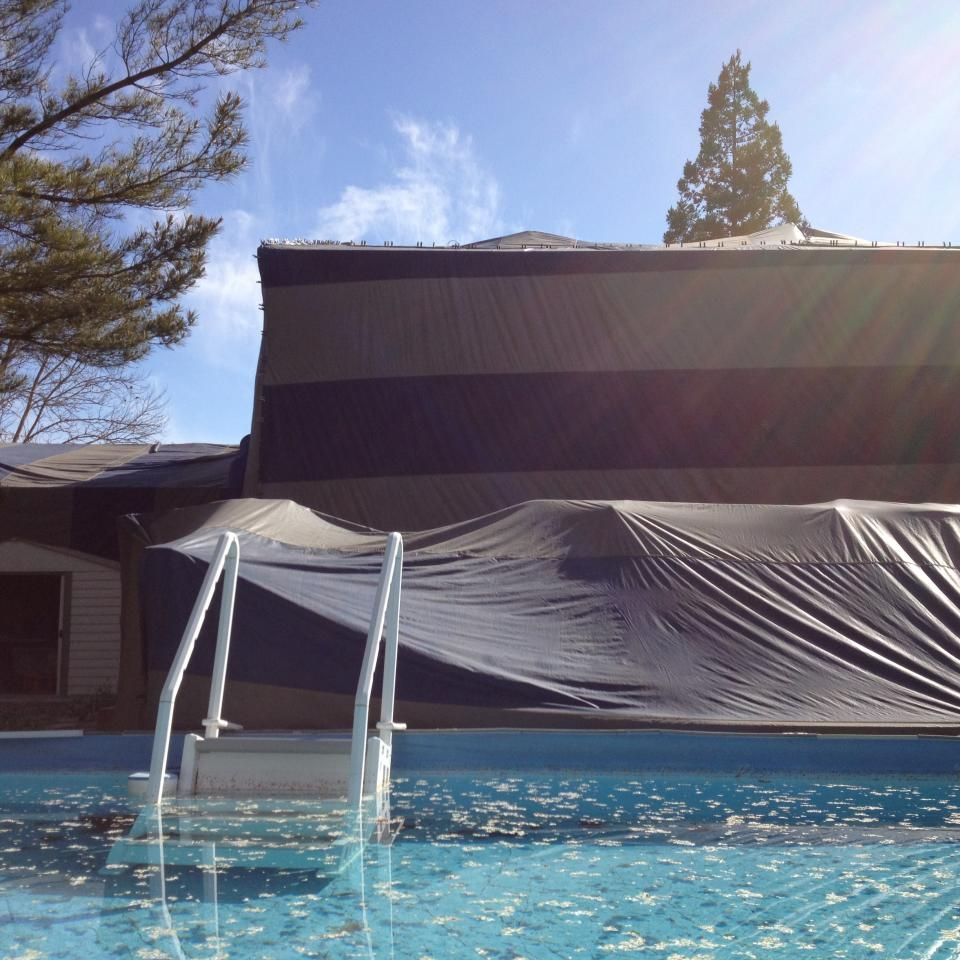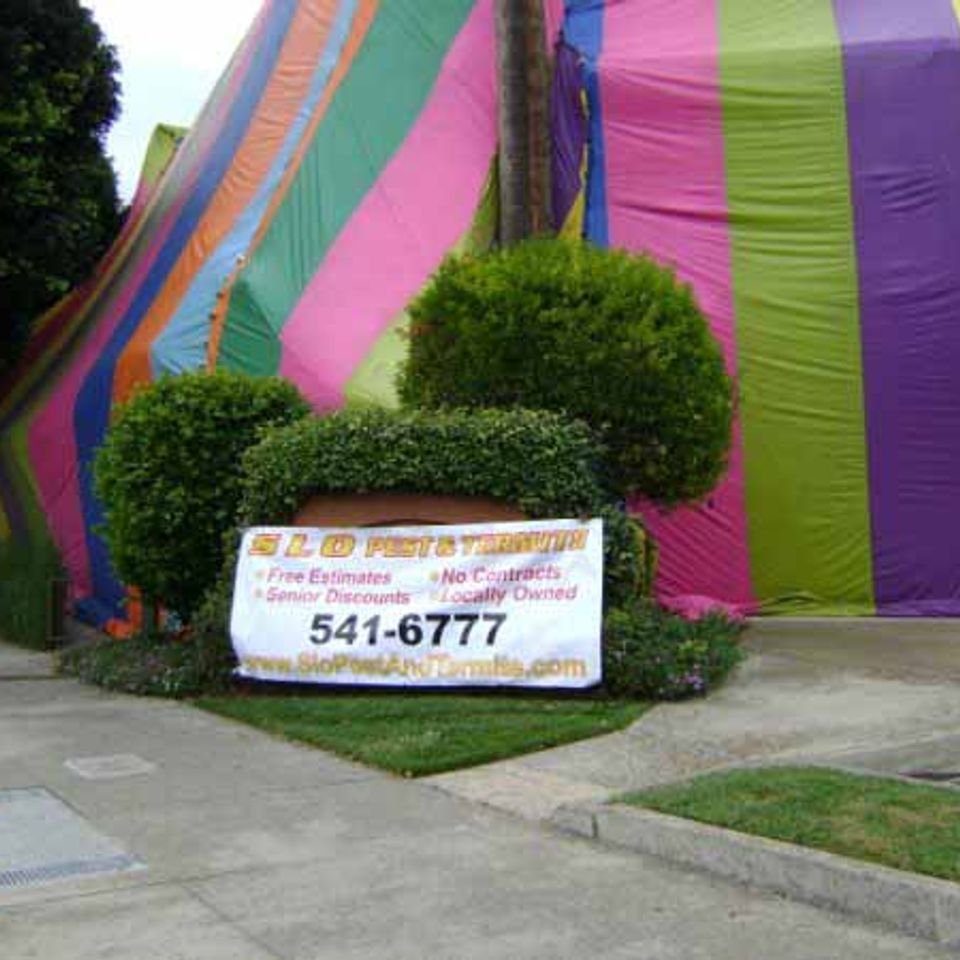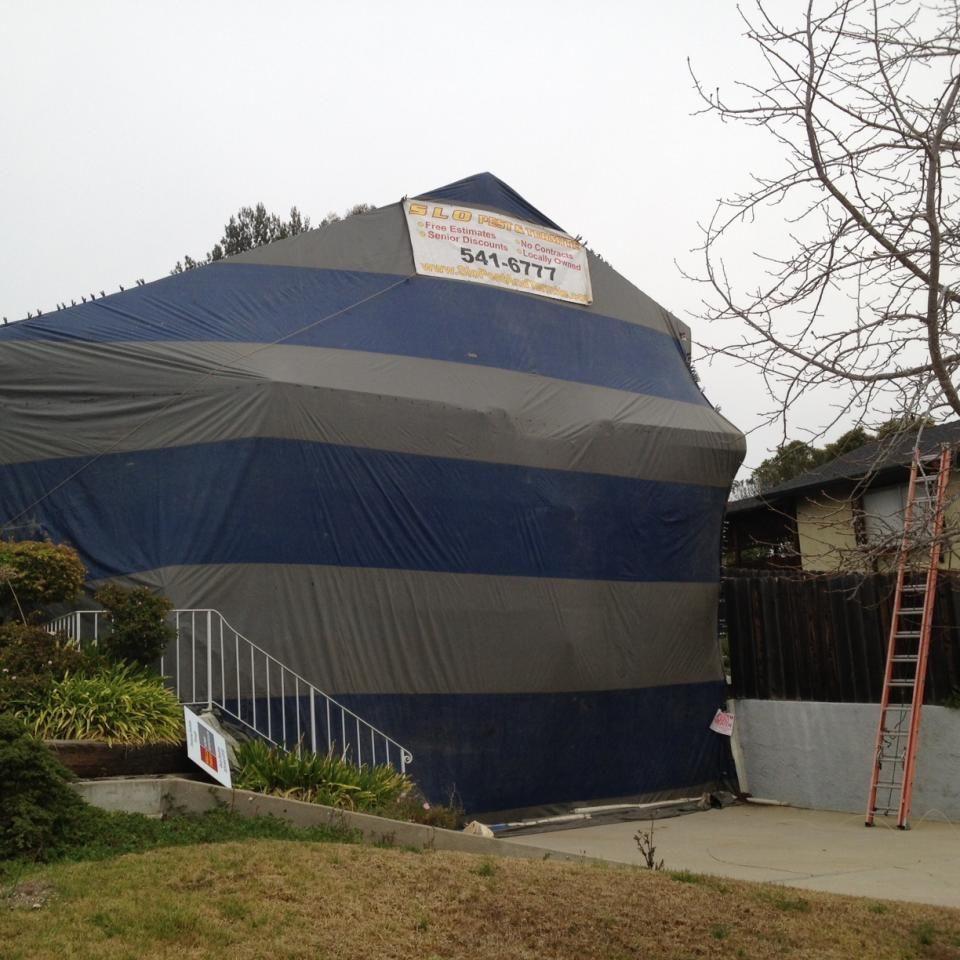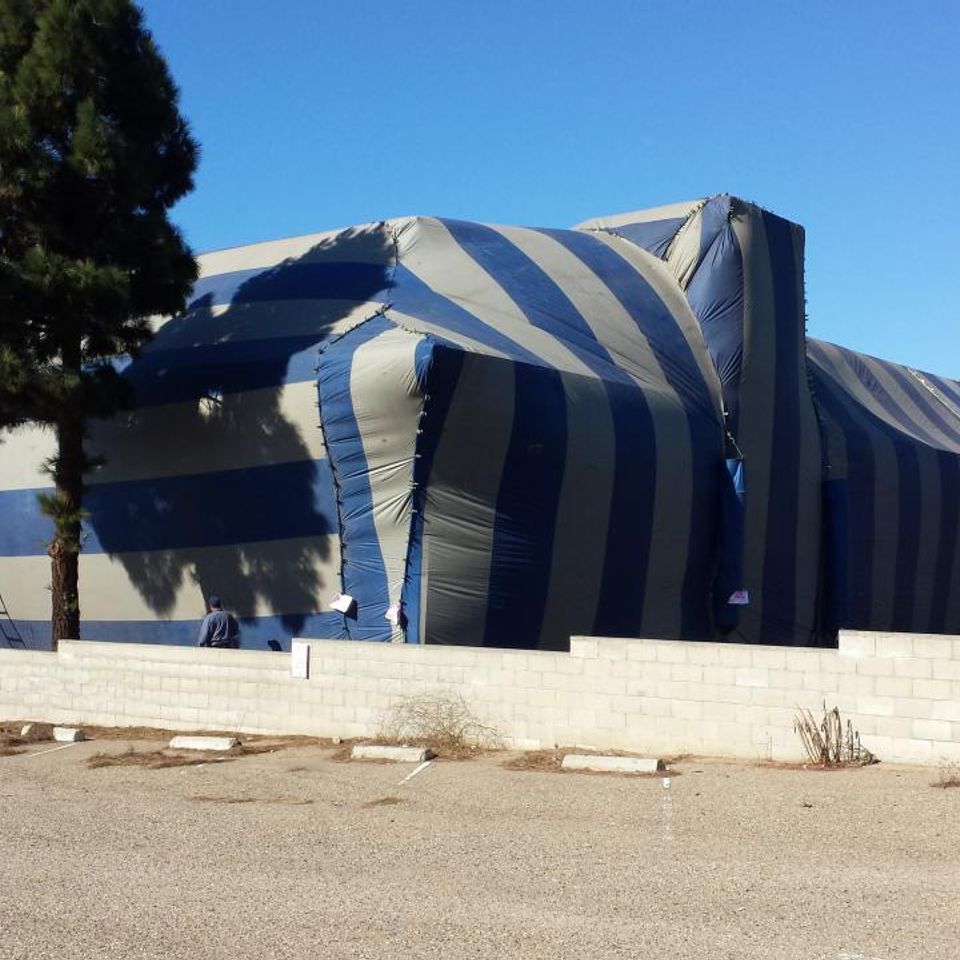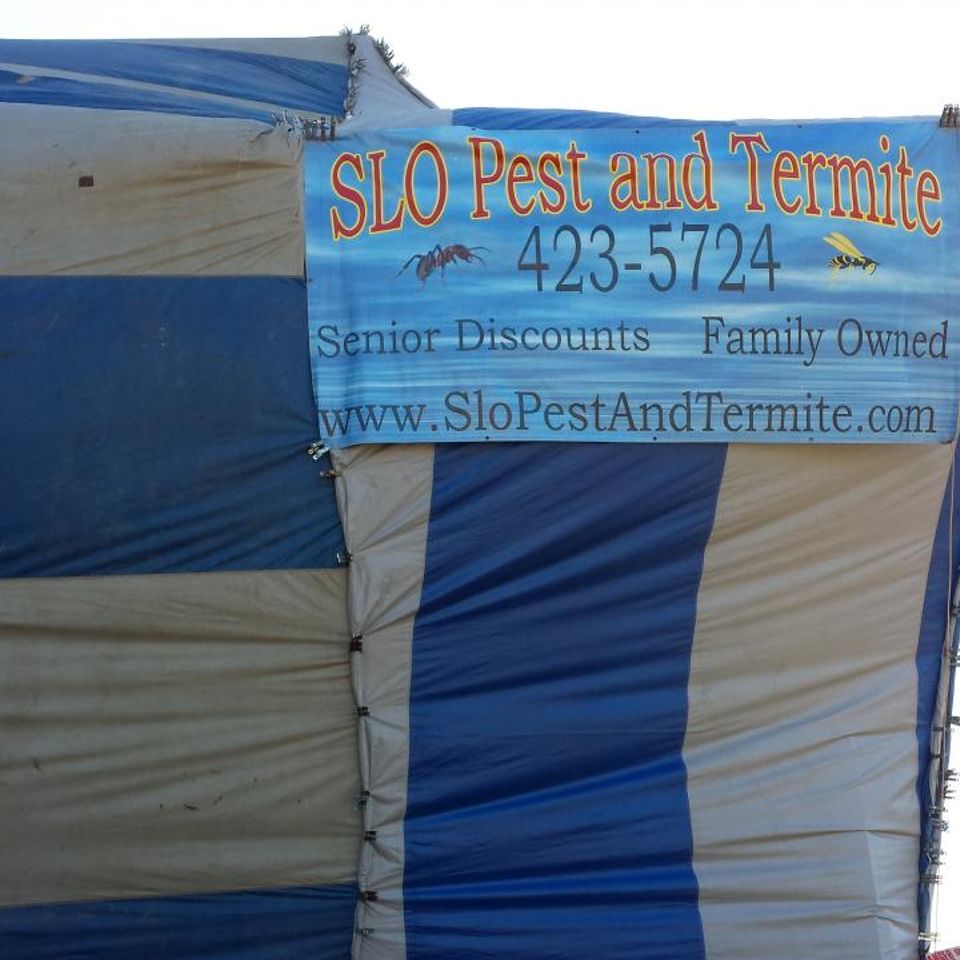How it Works
Fumigation (or tenting) is a process that eliminates wood-destroying insects such as Drywood termites and Beetles by using a lethal gas called Sulfuryl Fluoride, also known as Vikane.
Here are some important points to understand about fumigation:
Effective treatment: Fumigation is the only proven method to eliminate termites in hard-to-reach areas or hidden termite colonies, such as inside wall voids. A study conducted by UC Berkeley supports this fact.
Guaranteed kill rates: Among all treatments available, only fumigation has achieved a 100% kill rate for termites. This makes it highly reliable in eradicating the infestation.
Undetectable termite colonies: Fumigation is the only treatment method that can effectively eliminate existing termites in colonies that are less than five years old and difficult to detect. It addresses the problem at its root.
Residue-free: Unlike other treatments, fumigation leaves no residual traces. Once the process is complete, the gas dissipates completely. This means there is no need to wash dishes, clothes, or wipe down countertops afterward.
By understanding these key points, you can appreciate the effectiveness of fumigation in eradicating wood-destroying insects and ensuring a pest-free environment.
Here are some important points to understand about fumigation:
Effective treatment: Fumigation is the only proven method to eliminate termites in hard-to-reach areas or hidden termite colonies, such as inside wall voids. A study conducted by UC Berkeley supports this fact.
Guaranteed kill rates: Among all treatments available, only fumigation has achieved a 100% kill rate for termites. This makes it highly reliable in eradicating the infestation.
Undetectable termite colonies: Fumigation is the only treatment method that can effectively eliminate existing termites in colonies that are less than five years old and difficult to detect. It addresses the problem at its root.
Residue-free: Unlike other treatments, fumigation leaves no residual traces. Once the process is complete, the gas dissipates completely. This means there is no need to wash dishes, clothes, or wipe down countertops afterward.
By understanding these key points, you can appreciate the effectiveness of fumigation in eradicating wood-destroying insects and ensuring a pest-free environment.
Understand this Before You Fumigate
In the state of California, the cost of every fumigation is determined by the cubic volume of airspace in your home, which includes areas like patios and decks (length x width x height).
Fumigations can be somewhat intrusive as certain preparations are necessary. All food items must be placed in special bags, which we provide. Plants may need to be trimmed, and your gas supply turned off, among other requirements.
Typically, fumigations take four days and three nights to complete, allowing sufficient time for the process to be thorough and effective.
Fumigations can be somewhat intrusive as certain preparations are necessary. All food items must be placed in special bags, which we provide. Plants may need to be trimmed, and your gas supply turned off, among other requirements.
Typically, fumigations take four days and three nights to complete, allowing sufficient time for the process to be thorough and effective.

